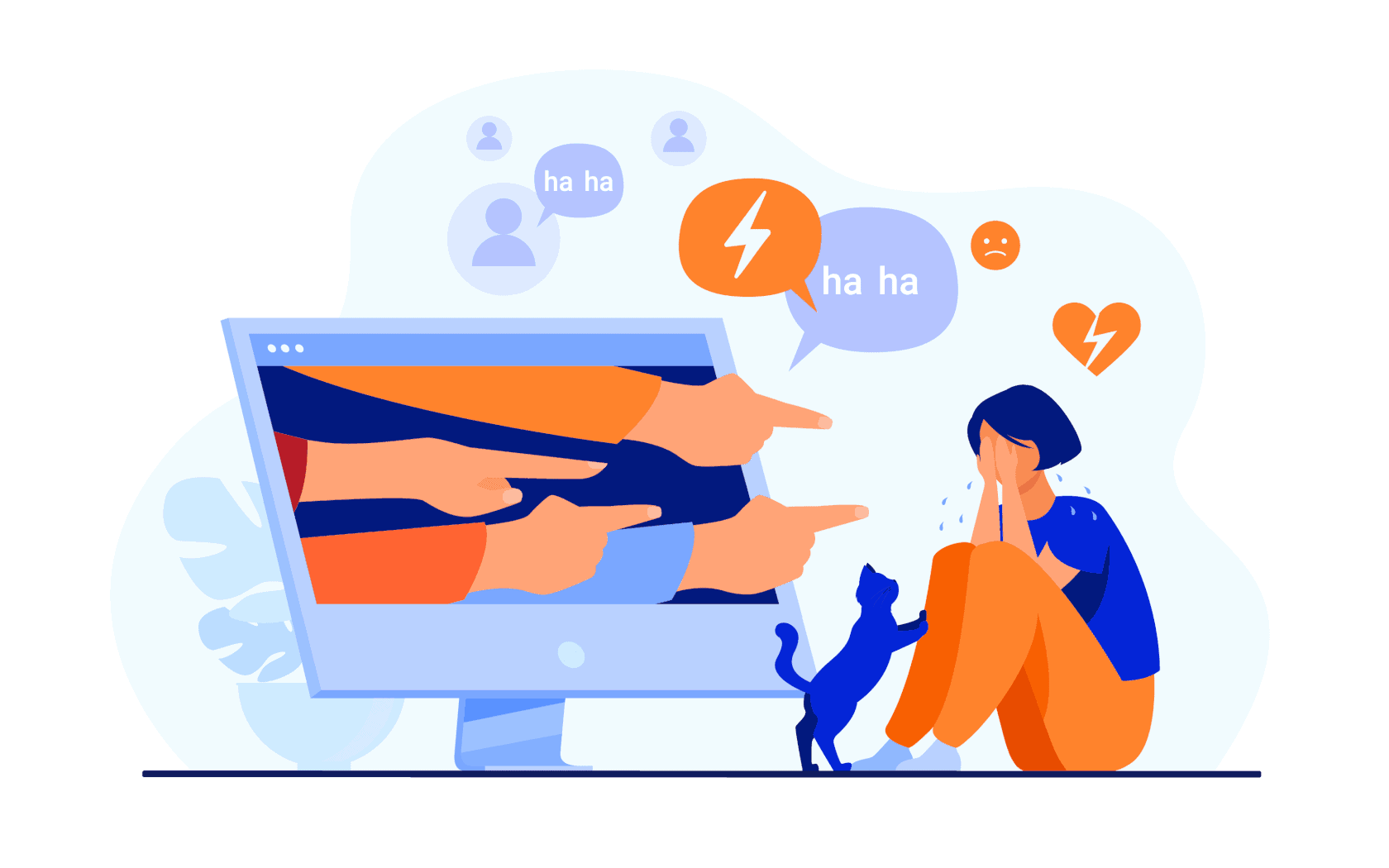As our reality shifts day-to-day towards virtual communication, how is this impacting the lives of women and girls? This article looks specifically at gender-based cyber violence and how the EU is striving to protect women and girls in this aspect.
The public discourse is often focusing on the benefits of technology. How it’s making things way easier, business way easier, communication, trade, industry, and the functioning of us human beings, entirely. However, usually, when the advantages of technology and digitalization are discussed, the consequences of these processes for diverse women and girls are not taken into account. That’s because, as Caroline Criado Perez puts it in the Invisible Women, we are used to referring to humans, in their entirety, thinking that the human being is represented by mankind. We take men as the default human, and all devices, items, and applications are often designed to comply with the needs of men. To make the life of men easier, all the while ignoring the needs of women.
For instance, when several online applications are designed, the risks for women during the usage of these applications are always higher. Seven out of ten women have experienced cyber-stalking, according to the European Institute for Gender Equality (EIGE). In July 2020, the World Wide Web Foundation found that women face a parallel pandemic of cyber violence, with 52 percent of women and girls reporting having experienced some form of online abuse, and 87 percent that the problem of cyber violence is getting worse.
Here’s an illustration.
According to The Federal, a user of the virtual reality platform Horizon Worlds on Meta claims she was groped by a complete stranger in the virtual environment, adding that there were even people who supported this behavior and made her feel isolated in the Plaza. The user who was virtually sexually harassed wrote on the official horizon group, “Sexual harassment is no joke on the regular internet, but being in VR adds another layer that makes the event more intense.”
As you may already know with all the fuss about this being a Facebook initiative, a Metaverse is a network of 3D virtual worlds focused on social connection. It is facilitated by the use of virtual and augmented reality headsets. The Metaverse, also known as Horizon Worlds is described as a gigantic multiplayer platform built-in virtual reality, where people (their avatar forms) can interact with each other, and which you can access with a Facebook account. Horizon Worlds seems to allow users to “design worlds of your own or get to know other members of the community and be inspired by their creations.”
Now, socializing may sound great and all, but what about safety issues?
In that same Federal source, they asked Dr. Avinash D’Souza, President of the Bombay Psychiatric Society, if groping someone (an avatar) in the virtual world counts as sexual assault, even though there is no physical touching involved. He said, “This (incident of groping in virtual reality) is another form of sexual harassment because the virtual avatar that is hanging out is an extension of the user. The avatar is practically and technically the user hanging out there in virtual reality, in whatever animation or avatar of theirs. If somebody is trying to grope you or trying to touch you inappropriately in virtual reality—then it is indirectly being directed at you.”
So the trauma is pretty much the same and it can impact the lives of women and girls in the same way as a physical sexual assault.
Are We on Our Way to Be Protected?

It is hard to say. Gender-based violence is hard to tackle and combat offline, as it continues to take the lives of women and girls around the world. It’s scary to think that this sort of violence is taking a new shape, and becoming even more frequent in the online world as well. So the same rules of protection should apply, and criminal laws of all countries must assure the protection of women and girls both online and offline.
In December 2021, the European Parliament asked for a European directive to stamp out gender-based cyber violence and ensure convergence at the national and EU levels. The parliament emphasized the lack of an adequate legal framework to combat the phenomenon, and to protect and support victims, requiring that a common definition of gender-based cyber violence is needed in criminal law, harmonized minimum and maximum penalties.
The parliament also urged the Commission to criminalize gender-based cyber violence and called for the Council to extend the list of ‘EU crimes’ — i.e. to officially recognize that gender-based violence is a particularly serious crime with a cross-border dimension.
With this legal initiative on its way, we hope countries will start tacking, preventing, and handling cyber violence with the level of awareness that this topic deserves, towards a better future for the lives of our fellow women.
Illustration: SurfsUp/Shutterstock
You might also like:
Support us!
All your donations will be used to pay the magazine’s journalists and to support the ongoing costs of maintaining the site.
Share this post
Interested in co-operating with us?
We are open to co-operation from writers and businesses alike. You can reach us on our email at [email protected]/[email protected] and we will get back to you as quick as we can.









